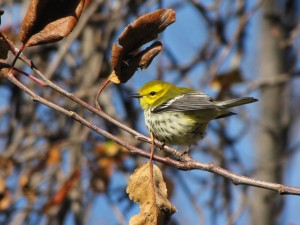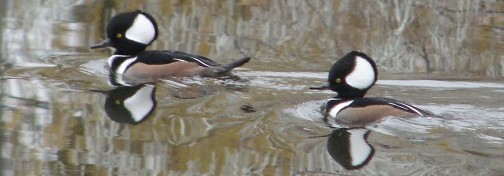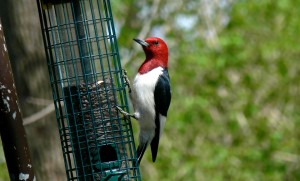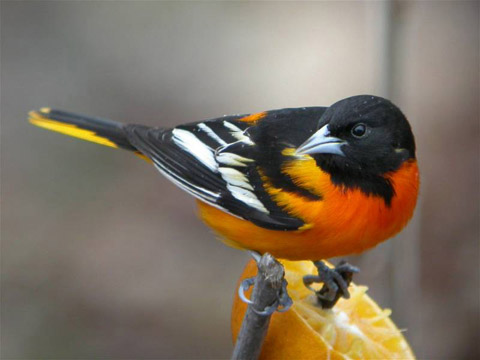Birding outings
Here is a list of upcoming outings run by the Toronto Ornithological Club (open to the public).
Sunday, January 23
Sunnyside/Humber Bay.
1:30 p.m. – sunset.
Leader: Bob Cumming. Meet at 1:30 pm in the Sunnyside parking lot at the foot of Windermere Avenue off Lakeshore West. Gull, waterfowl.
Sunday, January 30
Durham Region.
9:00 a.m. – early p.m.
Leader: Rayfield Pye. Meet at 9:00 am at the south-west corner of the Pickering GO Station (Bayly/Liverpool) to car pool if necessary. Waterfowl, gulls, possible winter finches, wintering sparrows and feeder birds.
Saturday, March 5
West Toronto Lakeshore to Burlington.
9:00 a.m. (all day).
Leader: Garth Riley. Meet at 9:00 am at the parking lot at Humber Bay East (south of Lakeshore Boulevard West at Park Lawn Rd) to car pool. Waterfowl, geese, swans.
Saturday, April 30
Leslie Street Spit.
8:00am–all day.
Leader: John Carley. Meet at 8:00 am at the foot of Leslie St at Unwin Avenue (south of Lakeshore Boulevard East). Early migrants, warblers, sparrows.
Sunday, May 1
Oshawa Second Marsh.
8:00 a.m. – early afternoon.
Leader: Tyler Hoar. Meet at 8:00 am at the parking lot at GM Headquarters in Oshawa. Exit from the 401 at the Harmony Rd. Exit (419) in Oshawa. Go south on Farewell St. to Colonel Sam Drive. Turn east onto Colonel Sam Drive and follow to the parking lot at the GM Headquarters. Park in the west parking lot close to the marsh. Little Gulls, shorebirds, warblers.

 The Great Backyard Bird Count is an annual four-day event that engages bird watchers of all ages in counting birds to create a real-time snapshot of where the birds are across the continent. Anyone can participate, from beginning bird watchers to experts. It takes as little as 15 minutes on one day, or you can count for as long as you like each day of the event. It’s free, fun, and easy—and it helps the birds.
The Great Backyard Bird Count is an annual four-day event that engages bird watchers of all ages in counting birds to create a real-time snapshot of where the birds are across the continent. Anyone can participate, from beginning bird watchers to experts. It takes as little as 15 minutes on one day, or you can count for as long as you like each day of the event. It’s free, fun, and easy—and it helps the birds.

